7 common mistakes making your bathroom dirtier
Are you guilty of any of these mistakes?
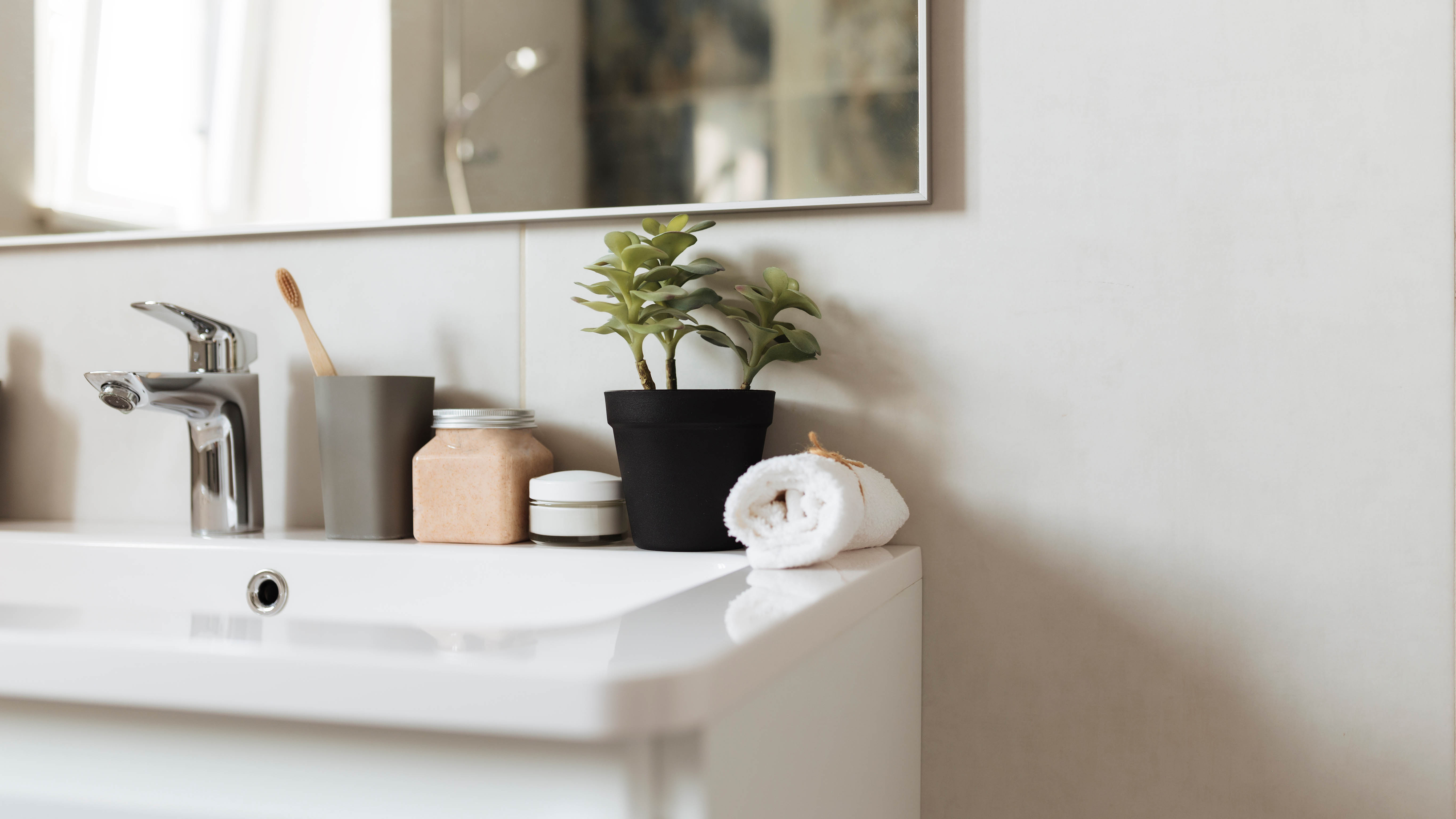
Cleaning the bathroom is one of the most time-consuming chores around the home. This is because we use all manner of products in there. From toothpaste, to shampoos to hairspray, leaving soap scum and residue all over the surfaces. It’s also naturally a humid and damp space because of our daily showers, which encourages limescale and mold — both of which can be tricky to clean.
As a consequence, cleaning the bathroom often requires some elbow grease. But, did you know there are several crucial mistakes which could be making things even worse? After all, the bathroom is tricky enough to clean without us accentuating the matter.
Don’t worry though, here we will break down some of the most common mistakes everyone makes in their bathroom, as well as how you can rectify them. Avoid the following, and your bathroom will be all the cleaner for it.
Want to make your bathroom smell better? Here are 7 tips to make your bathroom smell great. Plus, I found 3 bathroom cleaning gadgets that make your home feel like a spa.
1. Leaving the toilet seat up when flushing
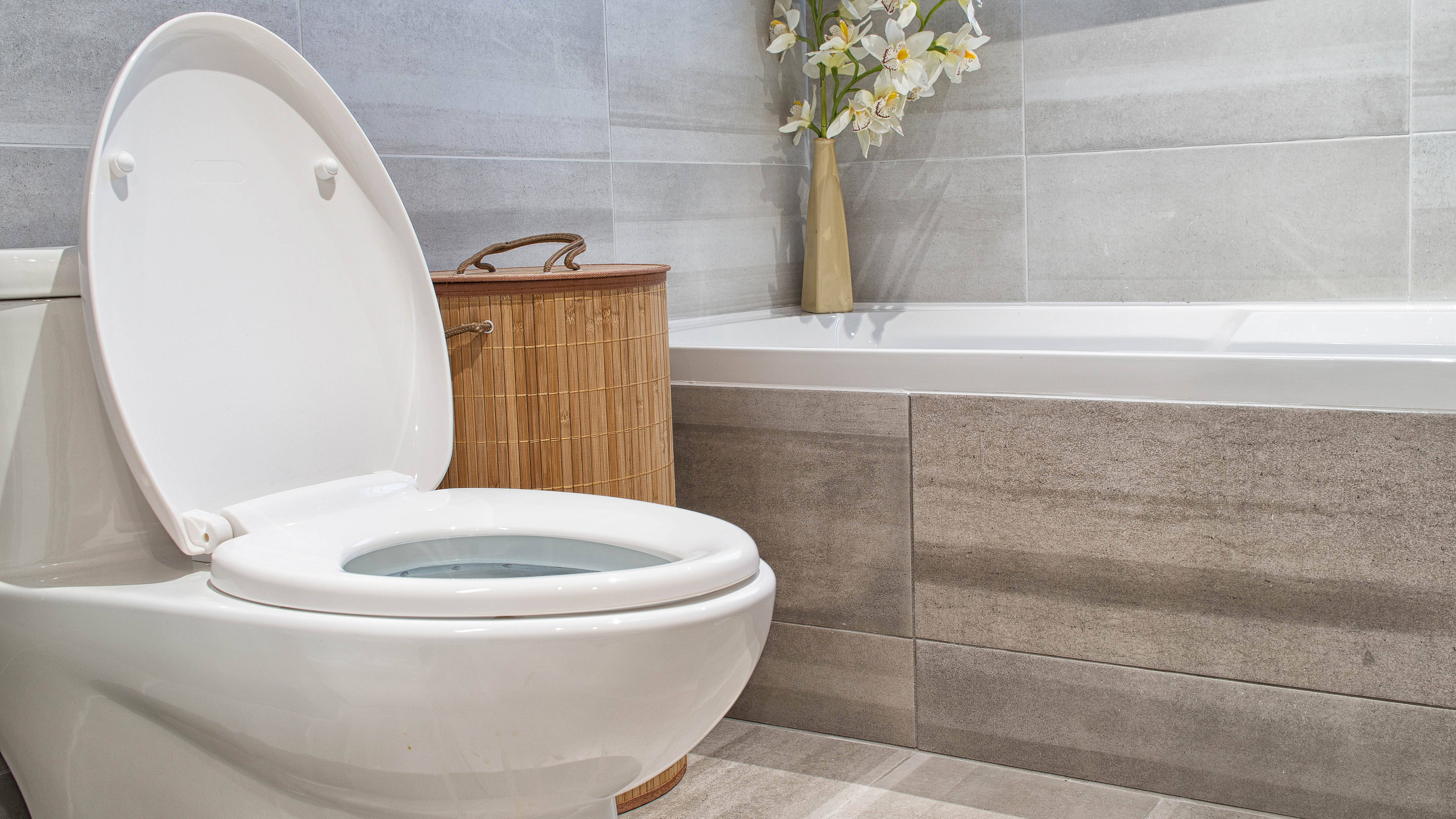
First of all, never leave the toilet seat up while you flush a toilet. All kinds of germs and bacteria can splash out into the surrounding environment, and with your toothbrush and washcloth standing close by, it’s definitely something to avoid at all costs.
According to the American Journal for Infection Control, flushing an open toilet can create ‘toilet plume’ aerosols which could potentially transmit infectious diseases. If there are traces of vomit or feces in the water, one flush could spread microbes of Shigella, Salmoella or even Norovirus.
This bacteria can hang around for some time after you’ve flushed as well, so keep the lid shut.
Sign up to get the BEST of Tom's Guide direct to your inbox.
Get instant access to breaking news, the hottest reviews, great deals and helpful tips.
2. Not removing the toothbrush head after use
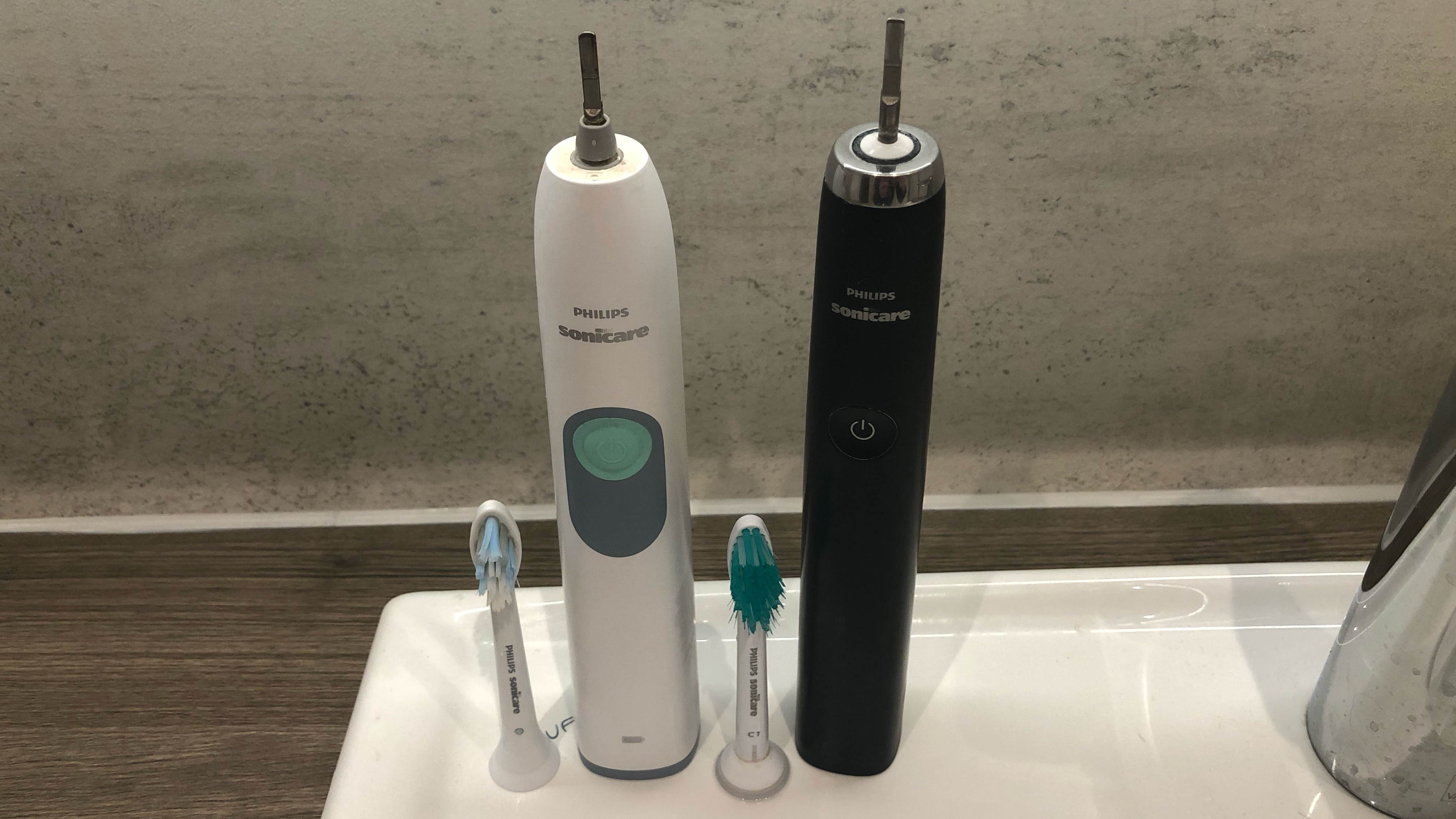
The toothbrush is one of those things that isn’t cleaned as often as it should be, and this is surprising when you consider it goes in our mouths.
When you brush, residual spit and toothpaste runs down your toothbrush head and into the crevice between the head and body. When you rinse the head once you’ve finished, you may wash some of this away, but there will be residual toothpaste as well as water trapped between these parts. Left uncleaned this will solidify until it looks like a kind of chalk. Before you know it, your toothbrush looks pretty disgusting thanks to this build up of toothpaste, bacteria and spit, and it can be difficult to take it apart to rectify the problem.
To stop this happening in the future, the solution is simple. Once you’ve finished brushing your teeth, remove the head from the body of your toothbrush and be sure to clean both parts thoroughly under the faucet — remember to wash the inside of the head as well because residue can easily get caught here. Then, leave each part to air dry separately. This will stop the chalky substance from forming between the two.
If you need to give your toothbrush a once over before you can start this habit, here’s how to clean a toothbrush.
3. Not wiping out the shower
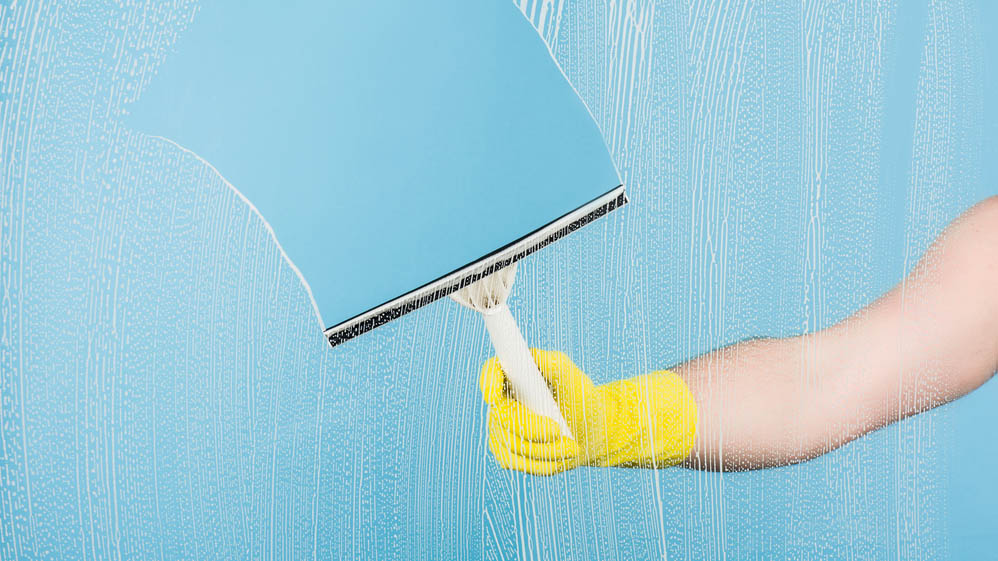
Wiping out the shower after every use can be a tedious task, there’s no denying it, but it is important.
Not only does this prevent mold and mildew from forming, it makes your shower look much easier on the eye. Limescale in particular can ruin the look of a glass shower door if left unchecked. A gleaming door can quickly turn cloudy as a result, and the longer you leave it, the harder it gets to remove.
To improve this, a quick swipe with a squeegee can make all the difference — an example being the OXO Good Grips All-Purpose Squeegee ($9.95, Amazon). Using one of these, you can swipe away the majority of the water in less than a minute, leaving you with a few residual droplets to buff away with a towel. This speeds up the chore and makes it much easier too, so it’s a worthwhile investment. If your shower door already looks worse for wear, here’s how to clean a glass shower door.
4. Not emptying out the toilet brush
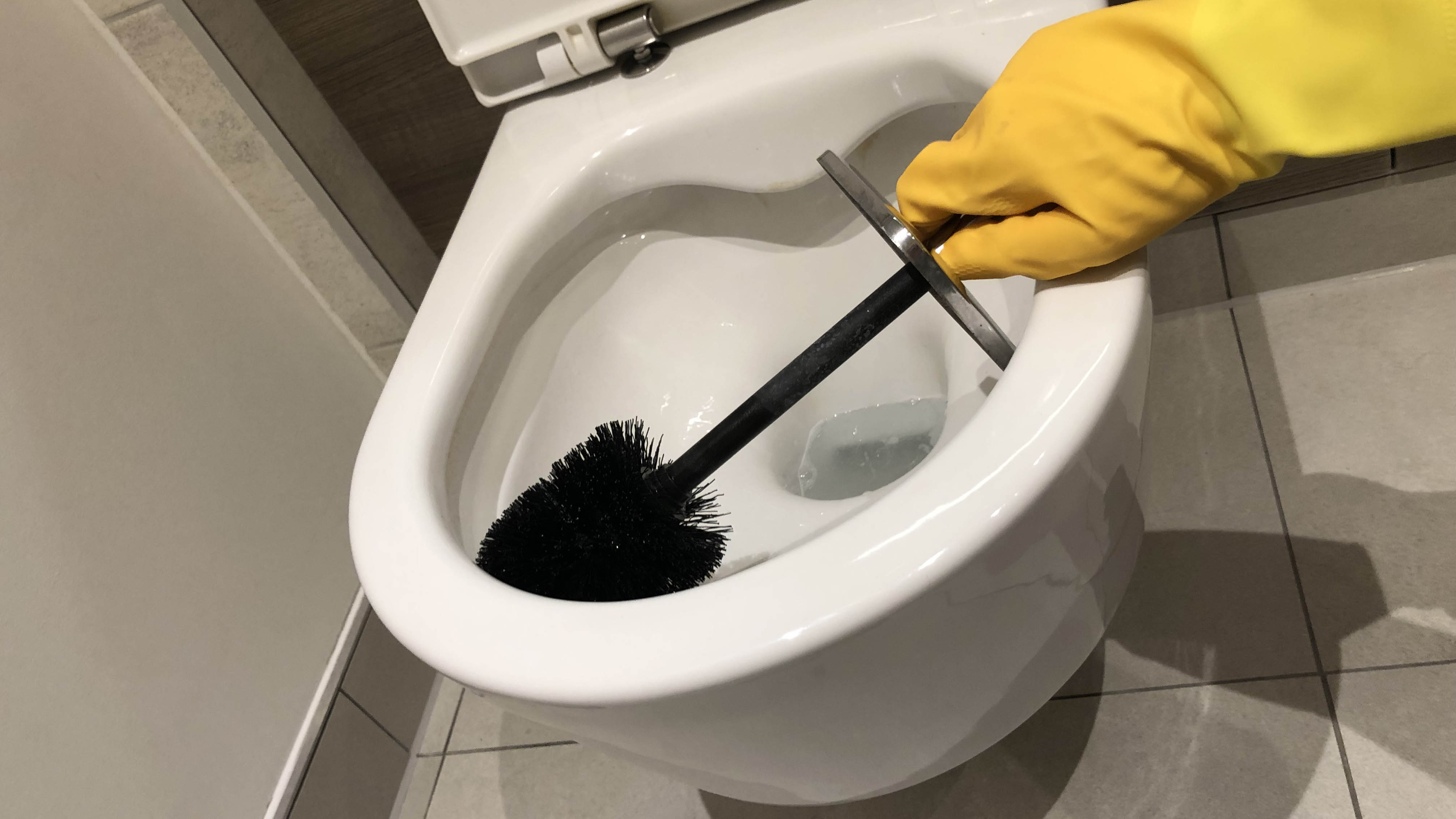
If you’ve faced this task before, you will know all too well how gross it actually is and how little you want to do it. But, unfortunately, it’s another chore which will need addressing.
Every time you use your toilet brush, the bristles will dampen and collect water, along with some other gross debris we won't care to mention. If you place it immediately back into its holder, that residual water will drip and collect. This will build up until the point where the toilet brush will start dripping when you first remove it from the container.
It’s essential that you get rid of this excess toilet water. It contains plenty of germs and bacteria, and considering it will likely drip on your floor before you can reach the toilet, it’s not hygienic in use. You could just tip the excess down the toilet and flush it away, but do so carefully so there’s no backsplash. It’s a good idea to clean both the brush and container regularly to keep things hygienic.
For guidance, your toilet brush should be washed weekly and replaced every six months.
Your toilet brush should be washed weekly and replaced every six months.
To wash a toilet brush, rinse it in clean toilet water, then spray it with disinfectant, let it stand for ten to fifteen minutes, then rinse with hot water. Finally, leave to dry before replacing. You can do the same with the cup or container.
Just remember to leave the brush to dry completely before putting it back in the holder if you want to prevent this problem in the future.
5. Rogue toenails
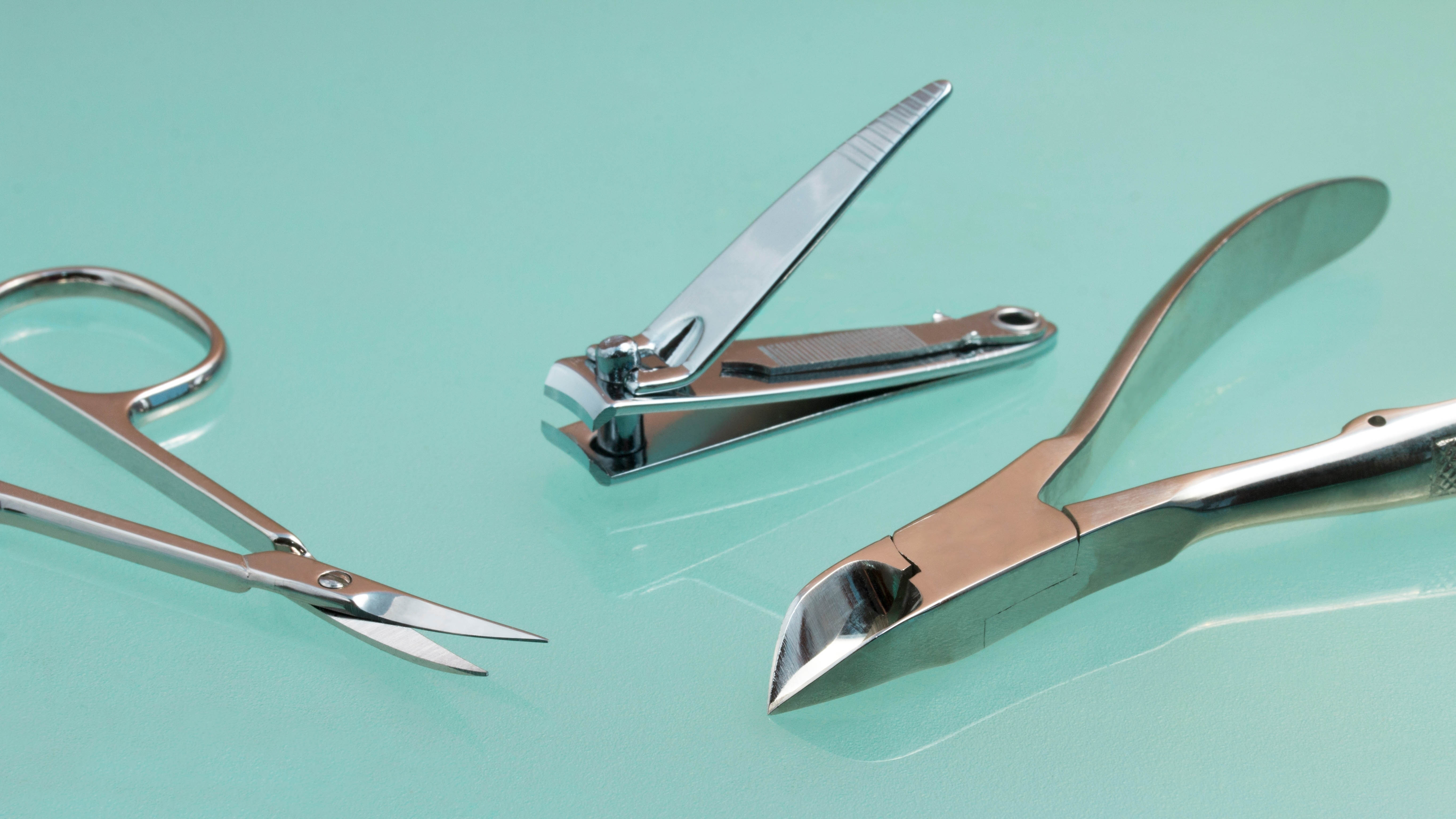
It’s another gross topic, but the last thing you want to see or step on in a bathroom is a rogue toenail. These can end up everywhere after a single grooming session — as we trim, they can easily ping across the room, only to be found later.
There’s a couple of tips which can reduce this problem. First you need to find a position which is both comfortable and balanced. Then, as you cut your toenails, you need to make sure you’re holding the residual nail as you cut it loose. You can do this by cutting to a half-way point and then cutting the rest while holding the loose end. This way, you can chuck it straight in the trash.
If your toenails are difficult to trim, which can also contribute to the problem, try soaking them in warm water for 10 minutes first — this will soften the nail and reduce its likelihood to ‘ping’.
6. Not emptying the toothbrush holder
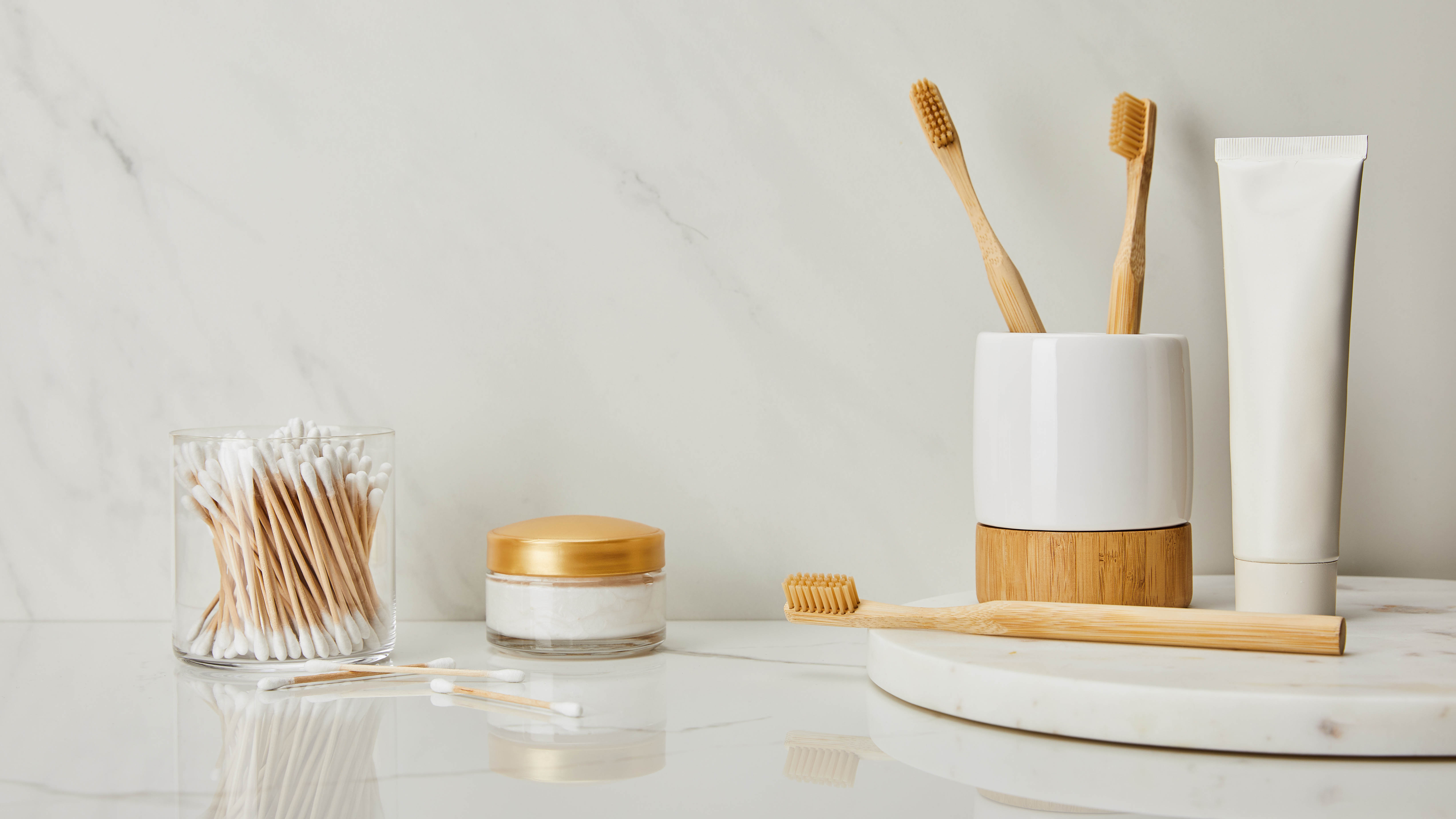
Your toilet brush isn’t the only culprit. If you use a toothbrush holder, this too can end up containing some gross residual water. Everytime your toothbrush is thrown back into the holder, water and spit will make its way down to collect in the base. It will only be a small amount with each use, but it will soon build up until there’s an unpleasant little puddle for your toothbrush to sit in.
You might not notice it unless you inadvertently touch the end of your toothbrush, but this is something you should regularly check. This puddle will be a breeding ground for germs and bacteria, and it’s not something you want near your toothbrush.
Empty out your toothbrush holder and clean it regularly using soapy water. If you want to prevent this problem from building up so quickly in the future, you should dry your toothbrush as much as possible before storing it. Even wiping the handle with a towel can make a difference.
7. Not cleaning the toilet mat and bath mat
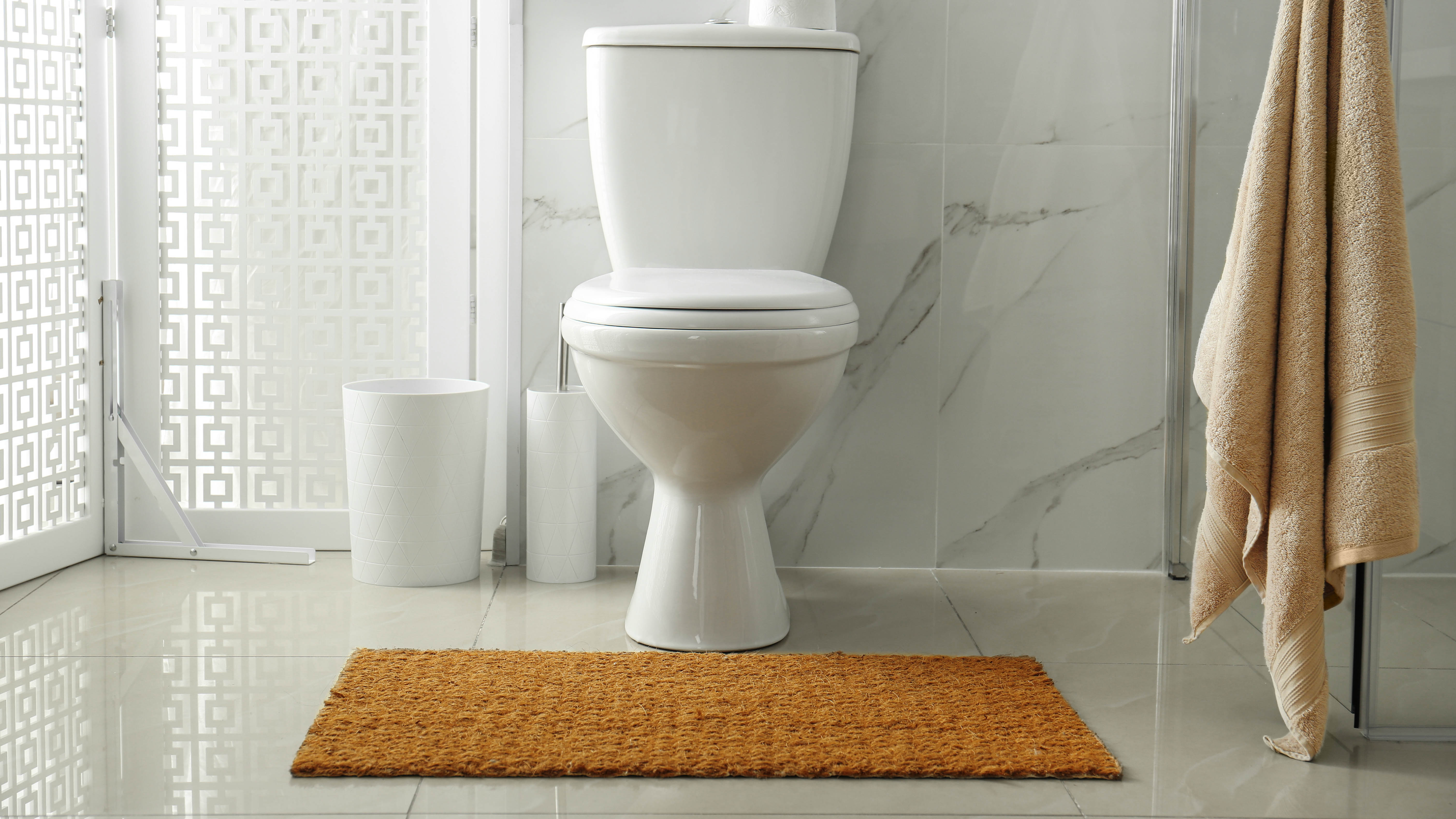
Mats can be great for keeping your feet warm in the bathroom, but they can also harbor all kinds of germs. This is especially the case if you have a toilet mat — these can collect residual urine with ease and are never cleaned as often as they should be. Bath mats too can contain mold and mildew if they’re not air-dried effectively with each use. It’s not surprising when you consider how much residual moisture they’re exposed to.
Each should be washed once a week for guidance — you should rotate them as often as your towels. For toilet mats, wash them separately from your everyday items and as hot as the care label allows for sanitization.
More from Tom's Guide

Katie Mortram used to be a Homes Editor for Tom's Guide, where she oversaw everything from kitchen appliances to gardening tools, as well as smart home tech. Specializing in providing expert advice for cleaning and home manintenance, she now works as Household Advice Editor for Good Housekeeping.
